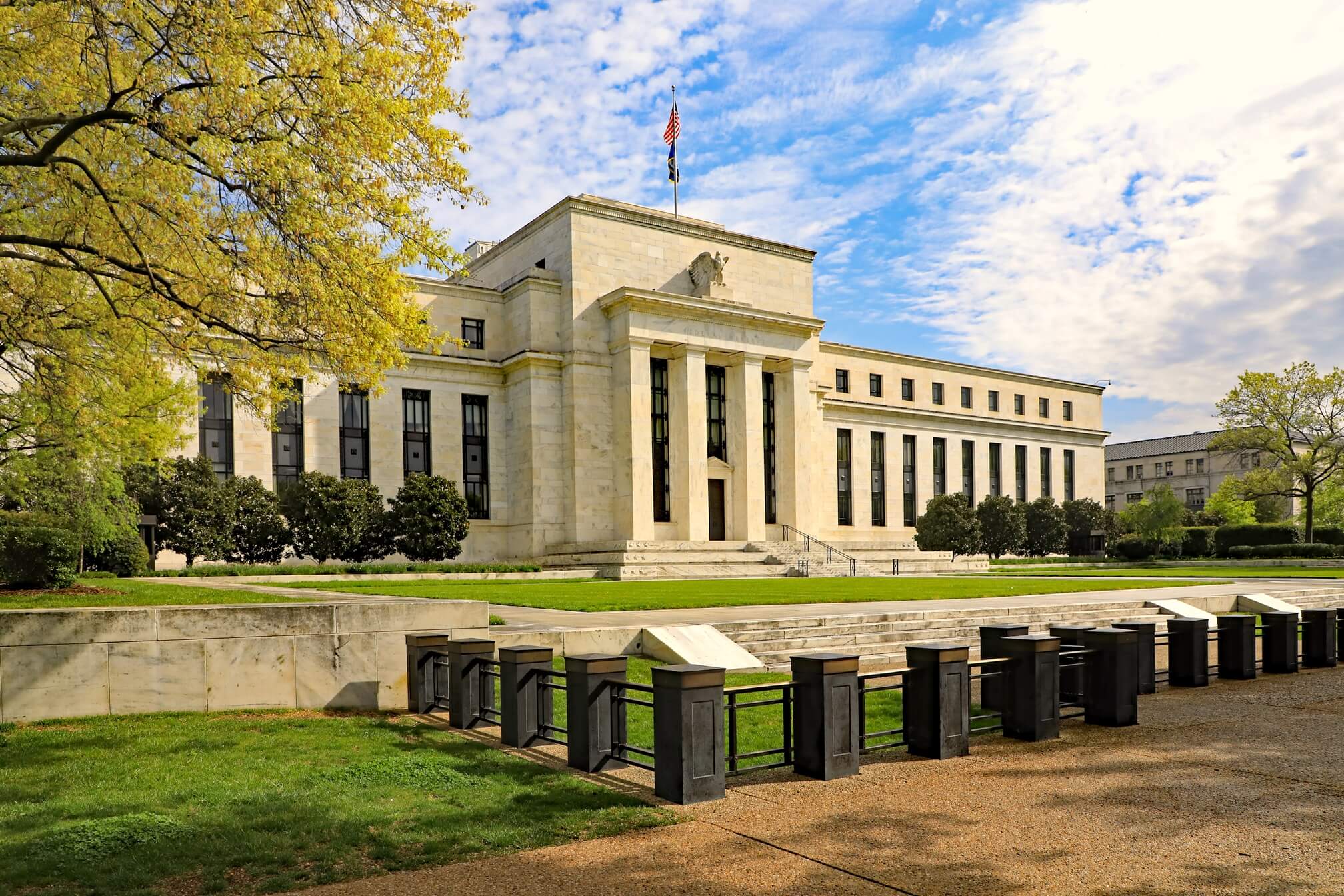Macro: It’s all about elections and keeping status quo
Markets are driven by election optimism, overshadowing growing debt and liquidity concerns. The 2024 elections loom large, but economic fundamentals and debt issues warrant cautious investment.

Head of Macroeconomic Research
Summary: Powell was slightly more dovish, opening the door to further easing measures in September, mostly to offset negative trade developments. However, there is still a lack of clarity from the Fed regarding where we are in the current business cycle.
Jerome Powel Jackson Hole speech on “Challenges for Monetary Policy” was highly anticipated due to new tensions on the trade war front, and mixed message sent by the latest FOMC minutes.
In the chart below, you can see a very short summary of the US macroeconomic outlook: downward pressure on the economy but overall doing fine, risk contagion from the manufacturing sector to the service sector, which tends to confirm the late-cycle thesis, and risk of recession back to levels reached before the Global Financial Crisis.
Our main takeaways:
Market implications: the deadline of September 1st, when the US administration is expected to implement new tariffs against China, will increase pressure on the Fed to stimulate the economy. A 25 bps cut in September is a done deal and we may see another 25 bps cut by the end of the year (probably in December, following new tariffs against China and potential US retaliation against the European car industry).